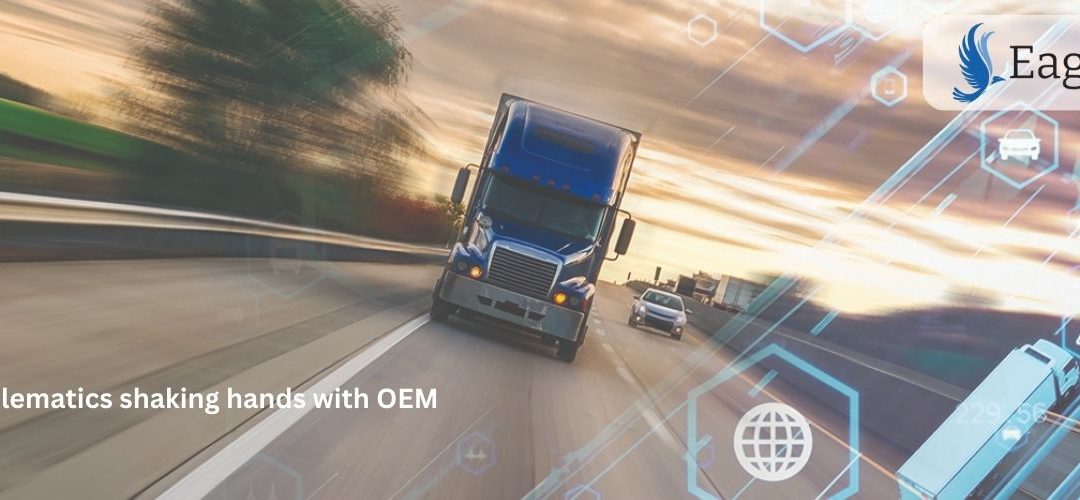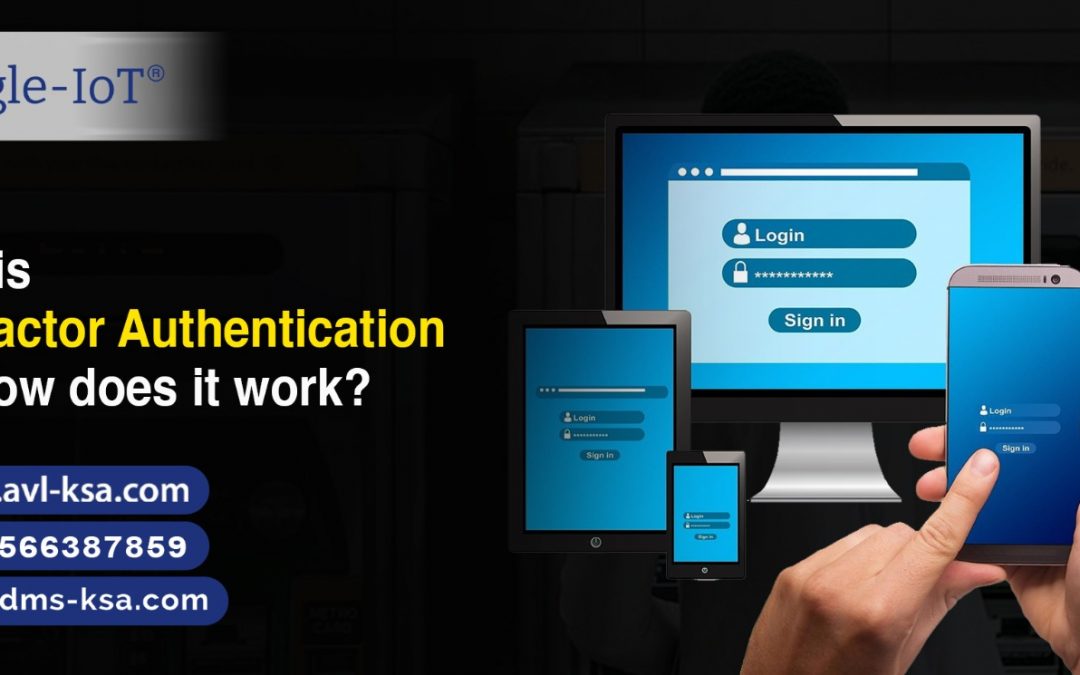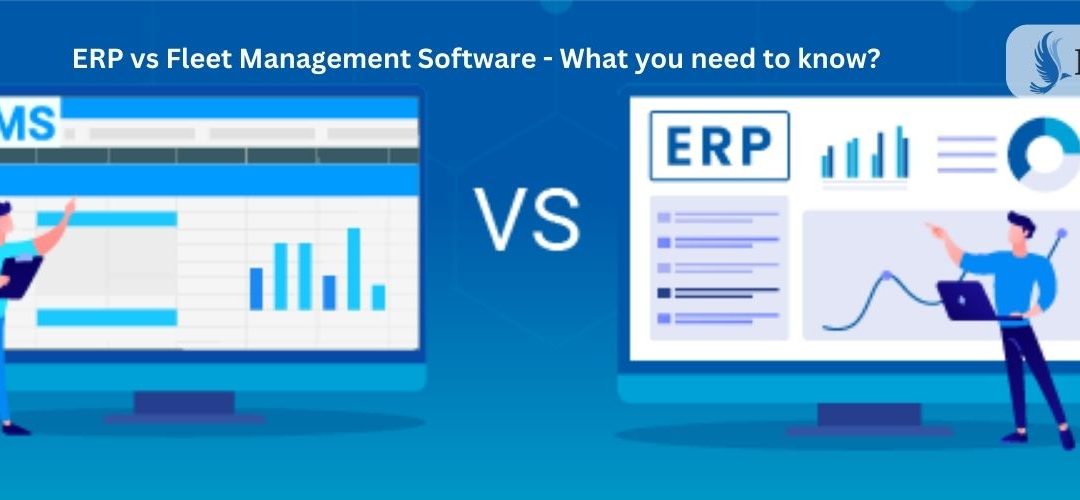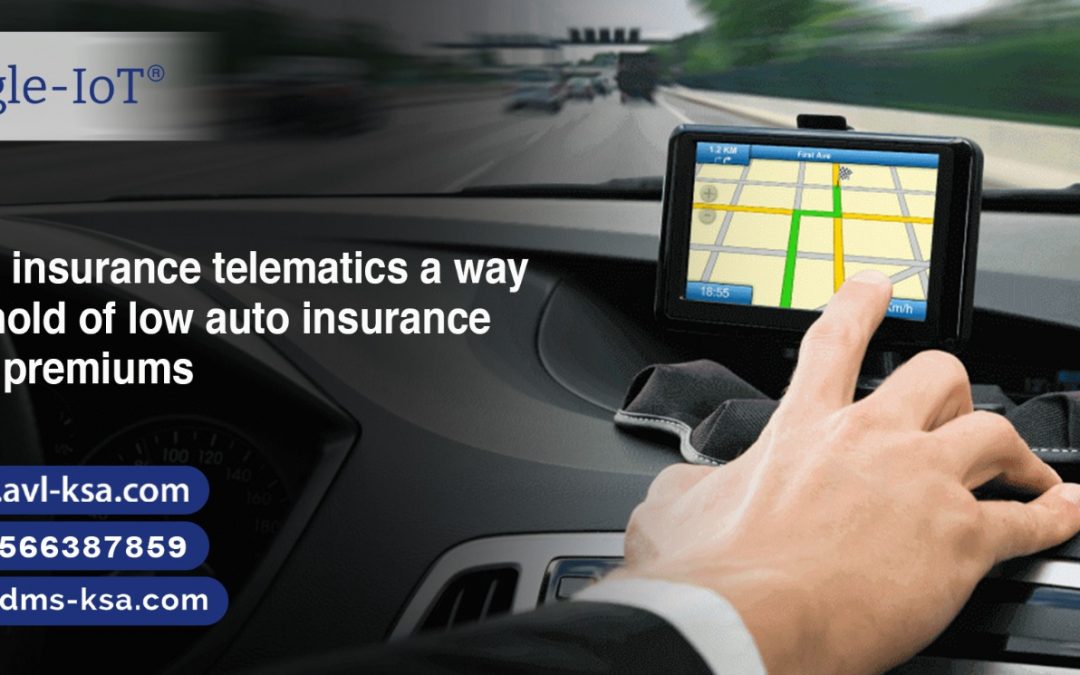
How to Effectively Secure Your Vehicles from Cyberattacks?
How to effectively secure your vehicles from cyberattacks?
The topmost goal for automobile manufacturers is vehicle safety, which now corresponds to cybersecurity more than ever before with software-driven automobiles. Considering these smart automobiles which are incredibly digitally transformed data centers; that is part mainframe, part mobile device, with loaded Internet of Things (IoT) devices make them more prone to targets for cybercriminals. Earlier in August 2022, a report was published revealing the six vulnerabilities found in in-vehicle GPS tracker MV720 of MiCODUS, if compromised in a cyber-attack could affect over 1.5 million vehicles in 169 countries. The hackers could retrieve sensitive data, manipulate the data, track or even immobilize a vehicle using these GPS trackers.
How the companies relying on similar vehicle GPS trackers can enhance their security and manage vulnerability without compromising their assets?
Safe coding practices (preventing shutdowns when the vehicle is moving, providing backups in the event of errors) should be made indispensable during software development. In case of overlooked security developments in software, analysis and threat assessment should be utilized to discover potential threats. Alongside architectural analysis and threat modeling, penetration testing should be conducted to identify vulnerabilities incorporated into production systems as a result of earlier analyses. By simulating the behaviors of a cyberattacker, cyber security specialists can uncover potential threats and assess the overall effectiveness of an organization’s security.

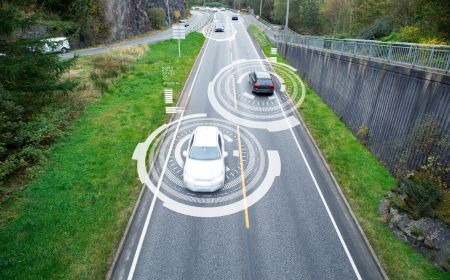
To swiftly repair security vulnerabilities without creating additional attack vectors when loading updates and configuration data packets from the internet, institutions must use secure over-the-air (SOTA) updates. Trucking firms and GPS/fleet management suppliers must both be diligent when it comes to cyber security. In the coming years, the automobile industry’s reliance on software and networking will only expand; for the automobile industry’s future success, it is of fundamental importance to incorporate comprehensive cybersecurity into all aspects of autos and systems with better vulnerability management which varies in complexity depending on different architectures and does not clutter the communication and workflow of security assessment, analysis, and remediation.
Know more about us

